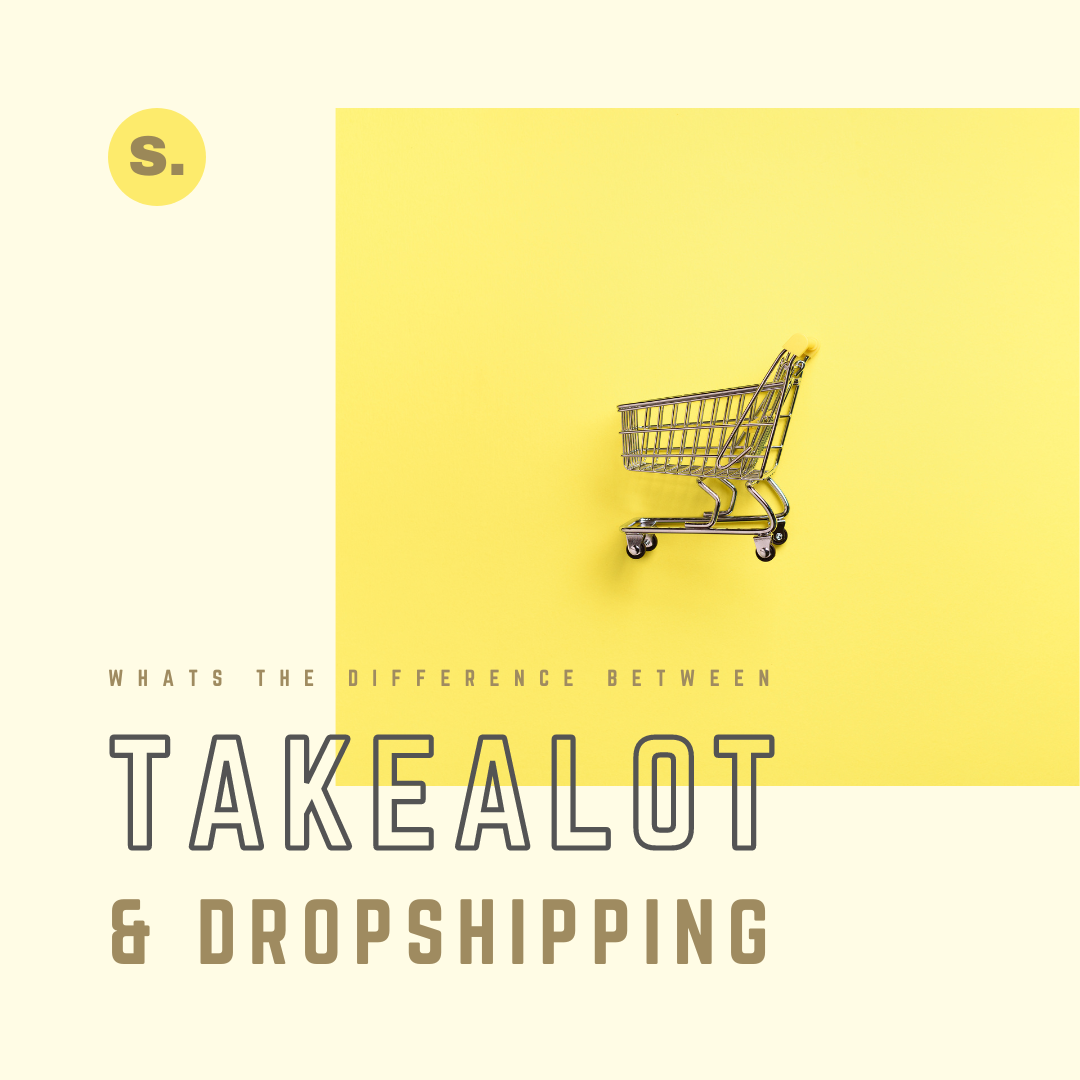The South African e-commerce market is booming, and aspiring entrepreneurs have a wealth of options to consider. Two popular choices are dropshipping and selling on established marketplaces like Takealot. But which is right for you? Let's break down both models and explore the key differences to help you make an informed decision.
What is Dropshipping?
Dropshipping is a retail fulfillment method where you, the store owner, don't keep any physical stock/inventory. Instead, you partner with a supplier who holds the products. When a customer places an order on your online store, you forward the order details and shipping information to the supplier. The supplier then packages and ships the product directly to your customer, and you pocket the profit after accounting for the wholesale cost and your markup.
What is Selling on Marketplaces like Takealot?
Takealot, a leading South African online marketplace, allows third-party sellers to list and sell their products alongside their own offerings. This gives sellers access to Takealot's vast customer base and established logistics network. As a seller, you'll be responsible for sourcing your own inventory (either locally or internationally), storing it, managing listings, handling customer service, and fulfilling orders (packaging and shipping them to customers).
Key Differences and Considerations
-
Startup Capital: Dropshipping offers a significantly lower barrier to entry. Here's an example breakdown in South African Rand (ZAR):
- Business Registration (CIPC): R175
- Domain Name (GoDaddy): R99
- Dropshipping Supplier Subscription (South African Supply Co - 800+ Products): R100
- Total: R374
Selling on Takealot requires a higher upfront investment:
- Sourcing and purchasing stock/inventory (potentially expensive)
- International shipping from China (potentially expensive)
- Customs tax on imported goods (potentially expensive)
Takealot fees (explained below)
- Inventory Management: With dropshipping, you don't need to worry about storing or managing physical inventory. This frees up capital and allows you to focus on marketing and customer service. However, you rely on your supplier's stock availability and fulfillment speed.
Selling on Takealot requires proactive inventory management. You'll need to consider factors like storage costs, shipping times from China, and managing stock levels to avoid stockouts.
- Fulfillment: In dropshipping, the supplier handles packaging and shipping, simplifying your logistics. However, you have less control over shipping costs and delivery times. But if you use The South African Supply company, delivery takes 2-3 days and they charge R120 for delivery.
With Takealot, you're responsible for fulfilling orders (packaging and shipping to customers). You can choose to fulfill them yourself or utilise Takealot's fulfillment services (for additional fees).
Takealot Fees and Commissions
Takealot charges a combination of fees, including:
- Listing fees: A small fee per product listed
- Commission on sales: A percentage of the total sales value
- Fulfillment fees (optional): Covers storage, picking, packing, and shipping costs if you use Takealot's fulfillment services
Conclusion
Both dropshipping and selling on Takealot offer exciting opportunities to tap into the South African e-commerce market. Dropshipping allows you to start with minimal investment and frees you from inventory management headaches. However, profit margins tend to be lower, and you have less control over fulfillment.
Selling on Takealot gives you greater control over branding and potentially higher profit margins. However, it requires a larger upfront investment and involves managing inventory, shipping, and Takealot's associated fees.
The best model for you depends on your budget, risk tolerance, and business goals. Consider your resources, product type, and target market before making your decision. Remember, you can also explore hybrid models – starting with dropshipping to test the market and then transitioning to a Takealot seller once your business establishes itself.


